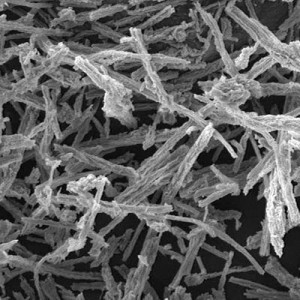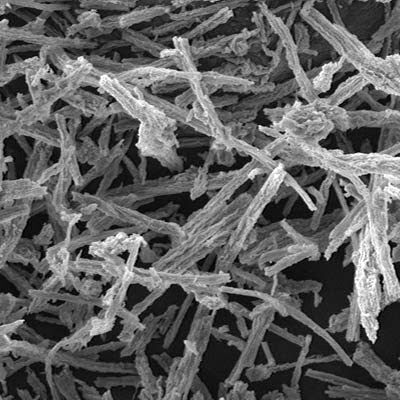
A non-surgical injection of programmable biomaterial that spontaneously assembles in vivo into a 3-D structure could fight and even help prevent cancer and also infectious disease such as HIV, scientists have demonstrated. Tiny biodegradable rod-like structures made from silica, known as mesoporous silica rods (MSRs), can be loaded with biological and chemical drug components and then delivered by needle just underneath the skin, they explain.
In recent years, vaccines have meshed with the world of nanobot medicine. Particles the size of nanometers – approximately 100,000 times smaller than the width of a human hair. They are programmable, spontaneously assembling and can permeate every area of the body, including a placenta. Previously, Brandon Turbeville reported on Bill and Melinda Gates Foundation work with developing “on demand” nano vaccines using genetically engineered proteins.
That's one thing – now it's possible to produce the effect of nano medicine with larger objects. That is, a non-surgical, injectable and spontaneously assembling structure.
Enter: a constant 3-D vaccine in the form of a lump of particles injected below the skin. One that would manipulate cells, as well as release biological and chemical drug components. They have already been trialed on mice.Those at the Wyss Institute for Biologically Inspired Engineering and Harvard's School of Engineering and Applied Sciences (SEAS) are in the …
We can create 3D structures using minimally invasive delivery to enrich and activate a host's immune cells to target and attack harmful cells in vivo.
Co-lead author Jaeyun Kim, Ph.D. said:
Nano-sized mesoporous silica particles have already been established as useful for manipulating individual cells from the inside, but this is the first time that larger particles, in the micron-sized range, are used to create a 3D in vivo scaffold that can recruit and attract tens of millions of immune cells,
A press release explains:
Tiny biodegradable rod-like structures made from silica, known as mesoporous silica rods (MSRs), can be loaded with biological and chemical drug components and then delivered by needle just underneath the skin. The rods spontaneously assemble at the vaccination site to form a three-dimensional scaffold, like pouring a box of matchsticks into a pile on a table. The porous spaces in the stack of MSRs are large enough to recruit and fill up with dendritic cells, which are “surveillance” cells that monitor the body and trigger an immune response when a harmful presence is detected.
Once the 3D scaffold has recruited dendritic cells from the body, the drugs contained in the MSRs are released, which trips their “surveillance” trigger and initiates an immune response. The activated dendritic cells leave the scaffold and travel to the lymph nodes, where they raise alarm and direct the body's immune system to attack specific cells, such as cancerous cells. At the site of the injection, the MSRs biodegrade and dissolve naturally within a few months.
They hope to also manipulate the immune system “by tuning the surface properties and pore size of the MSRs, and therefore controlling the introduction and release of various proteins and drugs.” They say that the vaccines are easily and rapidly manufactured so that they could potentially “be widely available very quickly in the face of an emerging infectious disease.”
Of course, for every new development – for every new medical marvel – there is mention of finally curing “common worldwide killers like HIV and Ebola, as well as cancer,” as Wyss Institute Founding Director Donald Ingber, M.D., Ph.D. says. Adding, “These injectable 3D vaccines offer a minimally invasive and scalable way to deliver therapies that work by mimicking the body's own powerful immune-response in diseases that have previously been able to skirt immune detection.”
Billions are spent on technology such as the above that bedazzles the hipster scientism techies and flickers flames of hope for those suffering in desperation while they wait for cures. Although future profits are anticipated, solutions like these are presented as “charitable” contributions. Meanwhile, the underlying factors of illness – economic impoverishment, poor nutrition, chemical exposures, and unrest are yet to be explored with meaningful, viable solutions.
The vaccines are easily and rapidly manufactured so that they could potentially be widely available very quickly in the face of an emerging infectious disease. “We anticipate 3D vaccines could be broadly useful for many settings, and their injectable nature would also make them easy to administer both inside and outside a clinic,” said Mooney.
Since the vaccine works by triggering an immune response, the method could even be used preventatively by building the body's immune resistance prior to infection.
Please Read this Article at NaturalBlaze.com





Leave a Reply